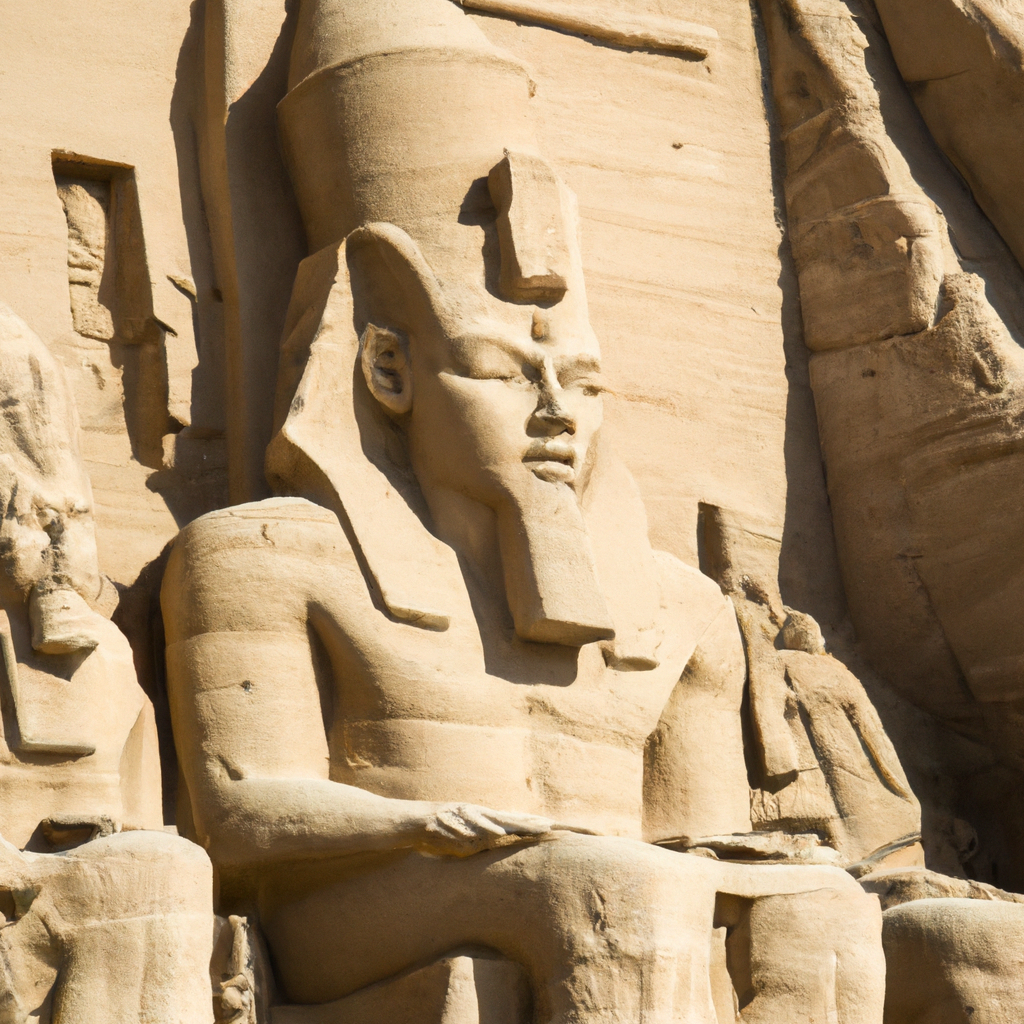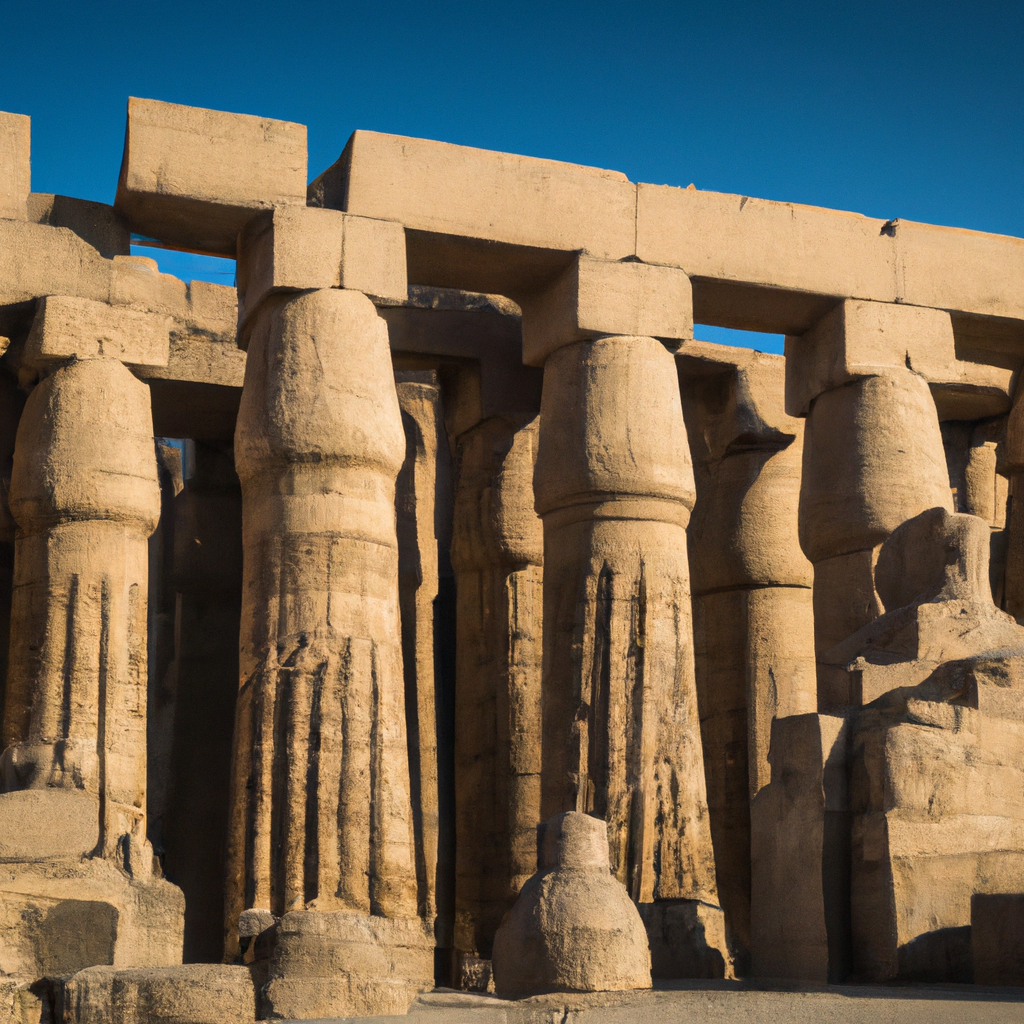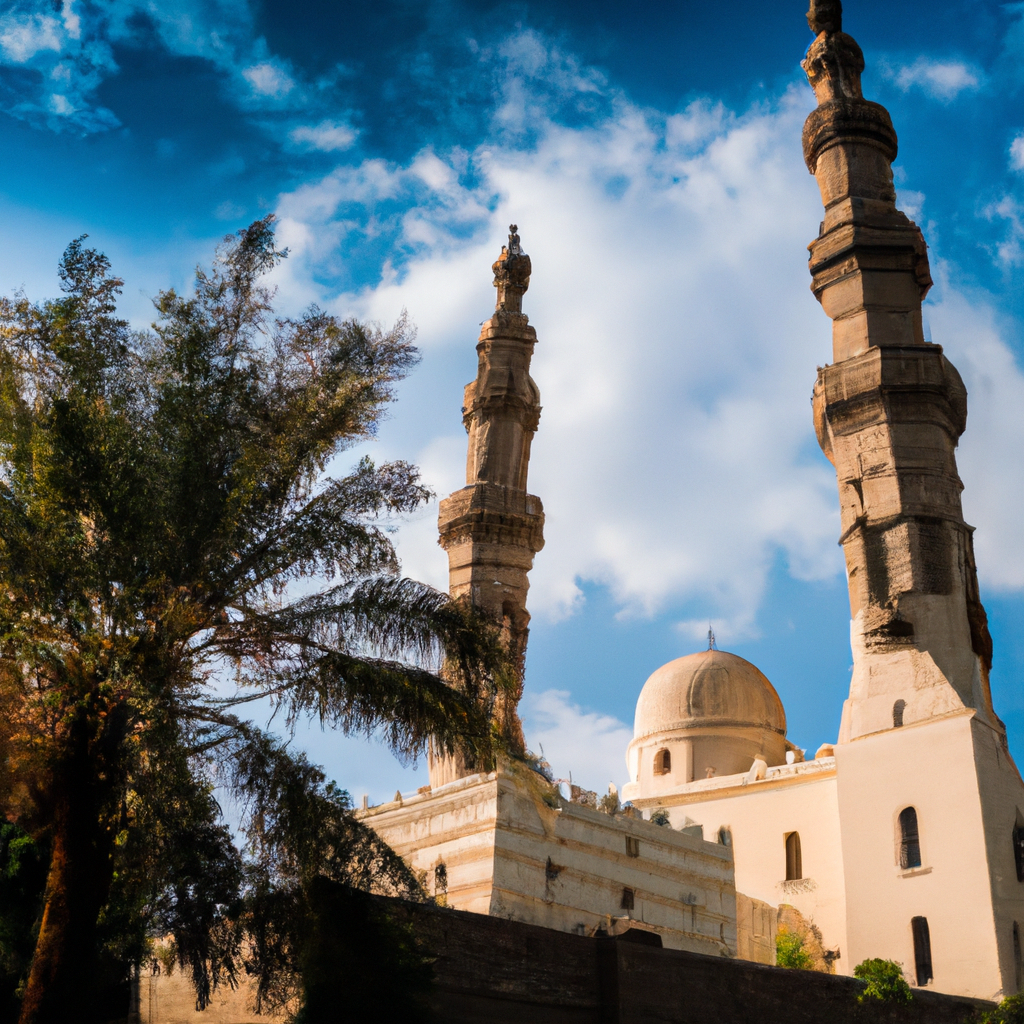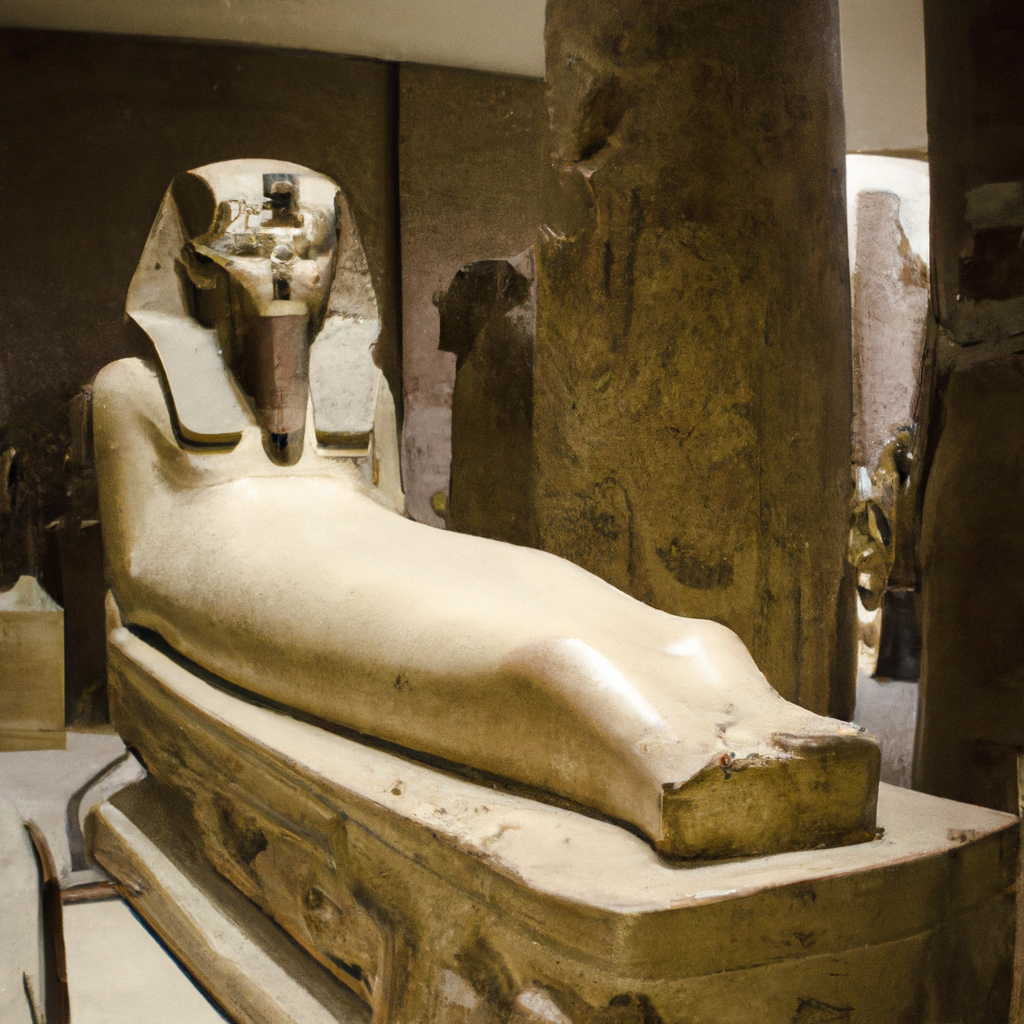Abu Simbel temples In Egypt: Overview,Prominent Features,History,Interesting facts
Overview:
The Abu Simbel temples are two massive rock temples in southern Egypt. The larger temple was carved out of a mountainside for the Pharaoh Ramesses II and his queen Nefertari in the 13th century B.C. The two temples are dedicated to the gods Amun and Ra-Horakhty. The main temple measures almost 65 feet (20 meters) in height and includes a large seated statue of pharaoh Ramesses II. There are also smaller statues of Queens Nefertari and his children. The second, smaller temple was built for the Pharaoh’s wife, Queen Nefertari, and is dedicated to the goddess Hathor. Both temples are decorated with inscriptions and reliefs depicting scenes from ancient Egyptian mythology, including the famous battle of Kadesh. It is one of the most beautiful monuments in Egypt
Prominent Features:
1. Monumental Sits: The Abu Simbel temples are two separate, yet identical temples that were constructed along the Western bank of the Nile River in Egypt. The structures are monumental in size, with four large statues of Ramses II standing at each entrance. 2. UNESCO World Heritage Site: The UNESCO World Heritage Site of Abu Simbel is a reminder of ancient Egypt's rich cultural past. Today, the temples are a popular tourist destination and a much sought-after UNESCO World Heritage Site, with many travelers from all over the world flocking to the area to marvel at the site's grandeur. 3. Reliefs and Carvings: The temple walls are adorned with intricate reliefs and carvings that document the great military victories of Ramses II during his reign. Visitors can also marvel at the brilliant cut stone statues and grand hallways that line the temples. 4. Temples Relocation: In 1960, the temples were relocated to a higher spot to protect them from the rising waters of the Aswan dam. This meant that the original place of the temples was submerged underwater. Following this, in 1968, the temples were opened for public viewing. 5. Sunrise Mysticism: Every year, at dawn on February 22nd, the sun shines through a gap in the two temples and illuminates a wall relief known as "The Sun of Ramses II". This is believed to have a special significance, and many visitors are said to visit the site to witness this special occurrence. You can learn history, culture, and heritage through these magnificent monuments in Egypt.
History:
The Abu Simbel temples are two massive rock-cut temples built by Pharaoh Rameses II in the 13th century BCE in the ancient city of Nubia as an expression of his power and wealth. Built as a monument to the gods and his own legacy, the Abu Simbel temples are considered to be some of the finest examples of ancient Egyptian architecture, engineering, and craftsmanship. The Abu Simbel temples were rediscovered in 1813 CE. They had been buried beneath the sands of time and the shifting waters of the Nile River. For centuries, they were hidden from view, but French archeologist Jean-Louis Burckhardt rediscovered them during an expedition to the area. Since then, the temples have been restored and protected. The Abu Simbel Temples are located in Lower Nubia along the Nile River in southern Egypt. They are two massive structures, each standing more than 60 feet (18 meters) high. The most well-known temple is the Great Temple of Ramses, which includes four giant stone statues of the Pharaoh himself as well as statues of Amon, Re, Ptah, and Re-Horakhte. This temple was built to commemorate the Battle of Kadesh, a military victory won by Ramses II in the 13th century BCE. The second temple, known as the Small Temple of Nefertari, honors the Pharaoh's wife. It has four smaller statues of the Pharaoh, as well as two of Nefertari. The Abu Simbel temples are considered to be a pinnacle of ancient Egyptian monumental architecture. They represent the height of Ramses II’s reign and provide insight into the culture and beliefs of the ancient Egyptians. They are also a reminder of the beauty and grandeur that once existed in this part of the world. Visit one of the famous monuments of Egypt with your friends and family.
Interesting facts:
: 1. The Abu Simbel Temples, located on the west bank of the Nile in Egypt, are widely considered to be one of the grandest monuments of ancient Egyptian architecture. 2. The two massive stone temples were carved into the sandstone cliffs of Abu Simbel during the reign of King Ramses II between 1264–1244 BCE. 3. The two structures were oriented so that twice a year, on February 22 and October 22, the sun's rays would penetrate the temple’s façade and illuminate a series of four seated statues inside, representing the king, his wife Queen Nefertari, and two Egyptian gods, Amon and Re-Horakhte. 4. The two temples were rediscovered in 1813 by Giovanni Belzoni. 5. In 1960, in order to prevent the temples from flooding due to the construction of the Aswan High Dam, the Egyptian government undertook an effort to move the temples to a new location. 6. The painstaking process, which involved cutting the temples into more than 2,000 blocks, took four years to complete. 7. During the excavations, a cemetery containing over one hundred mummifed baboons was discovered near the temple. It is believed that the animals were worshipped by the ancient Egyptians as a representation of the god Thoth. 8. In the years since the temples were moved, heavy rains have caused erosion on the cliff face beneath them. To prevent further damage, an awning was erected in 1999 to protect the site from the elements. One of the historical monuments of Egypt, it tells the story of a bygone era
Explore Egypt most popular tourist destination with us. Abu Simbel temples In Egypt: Overview,Prominent Features,History,Interesting facts,which is 35.14 km away from Egypt main town, is the most popular destination to add in your travel wishlist.
-
City:
Egypt
-
state:
Abu Simbel
-
country:
EG
-
country code:
Egypt
- postcode:
Location:
Abu Simbel EG

















